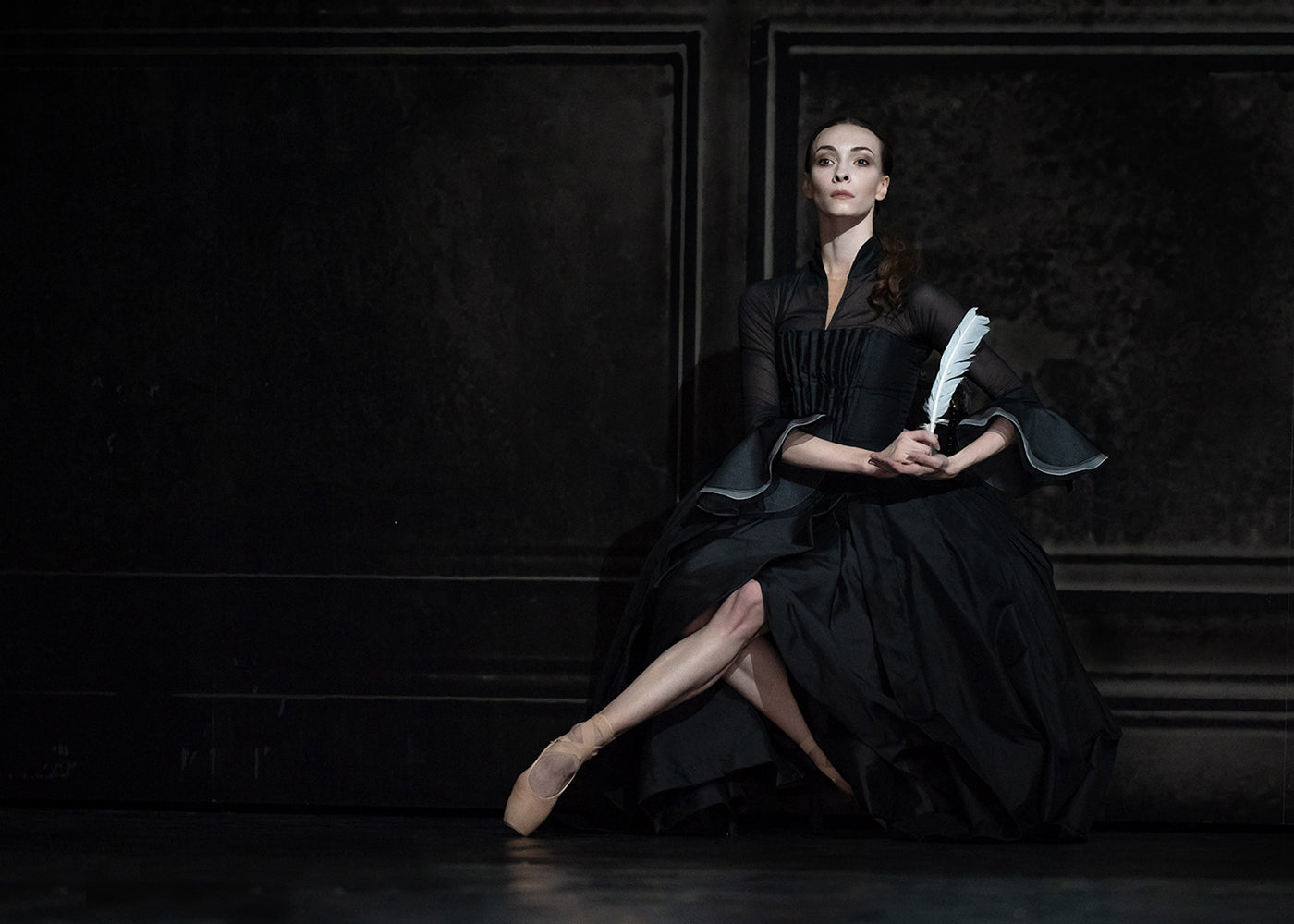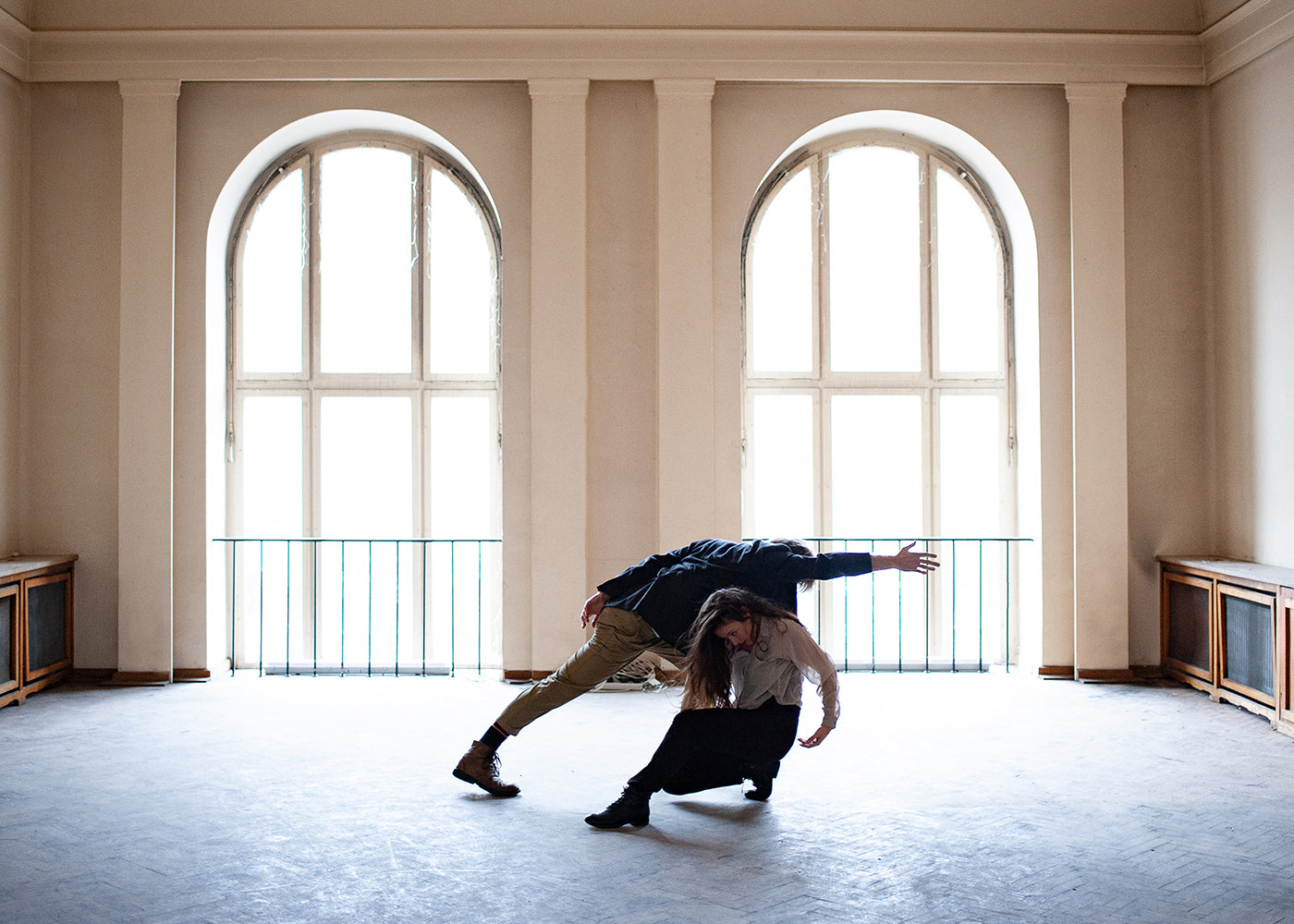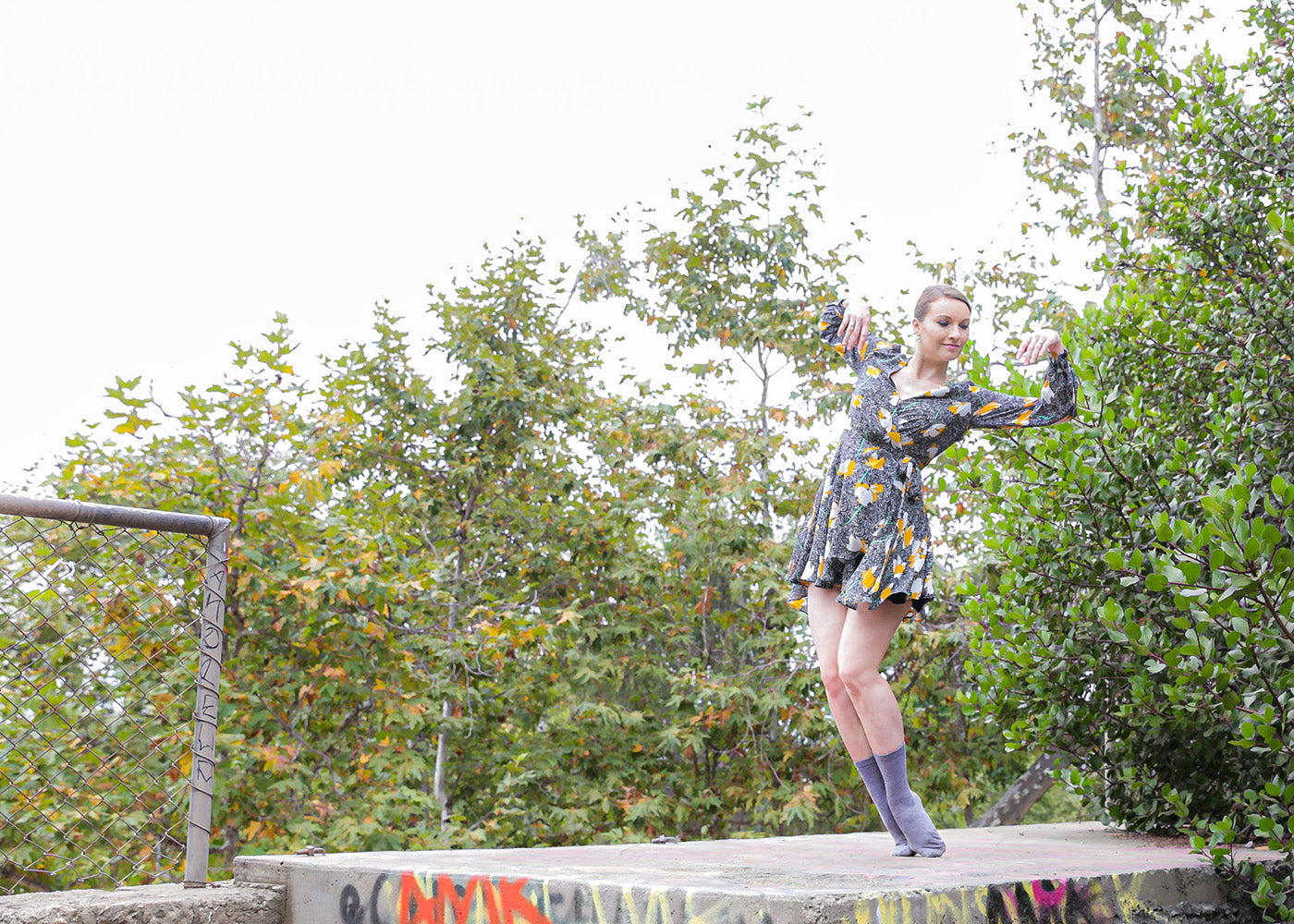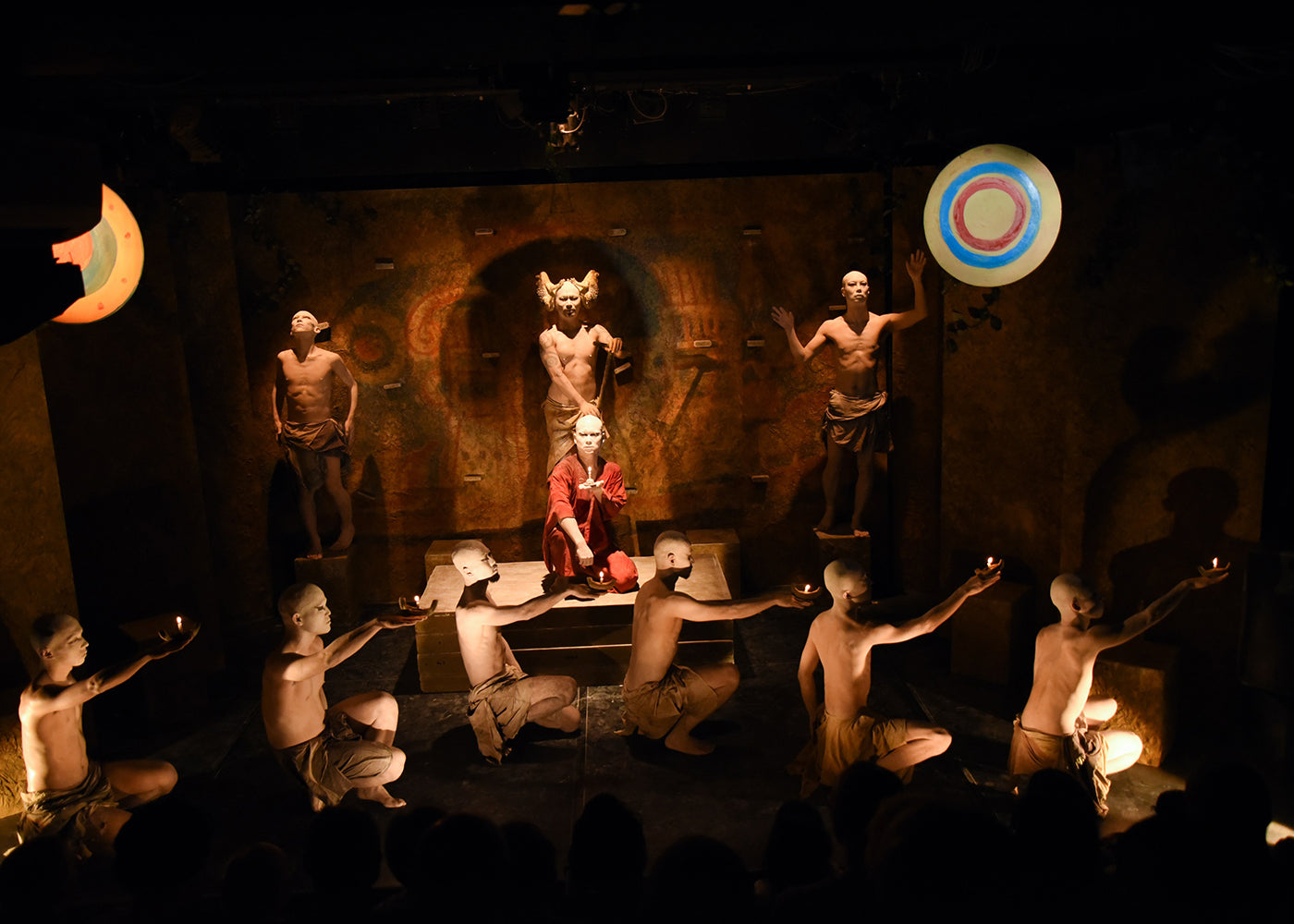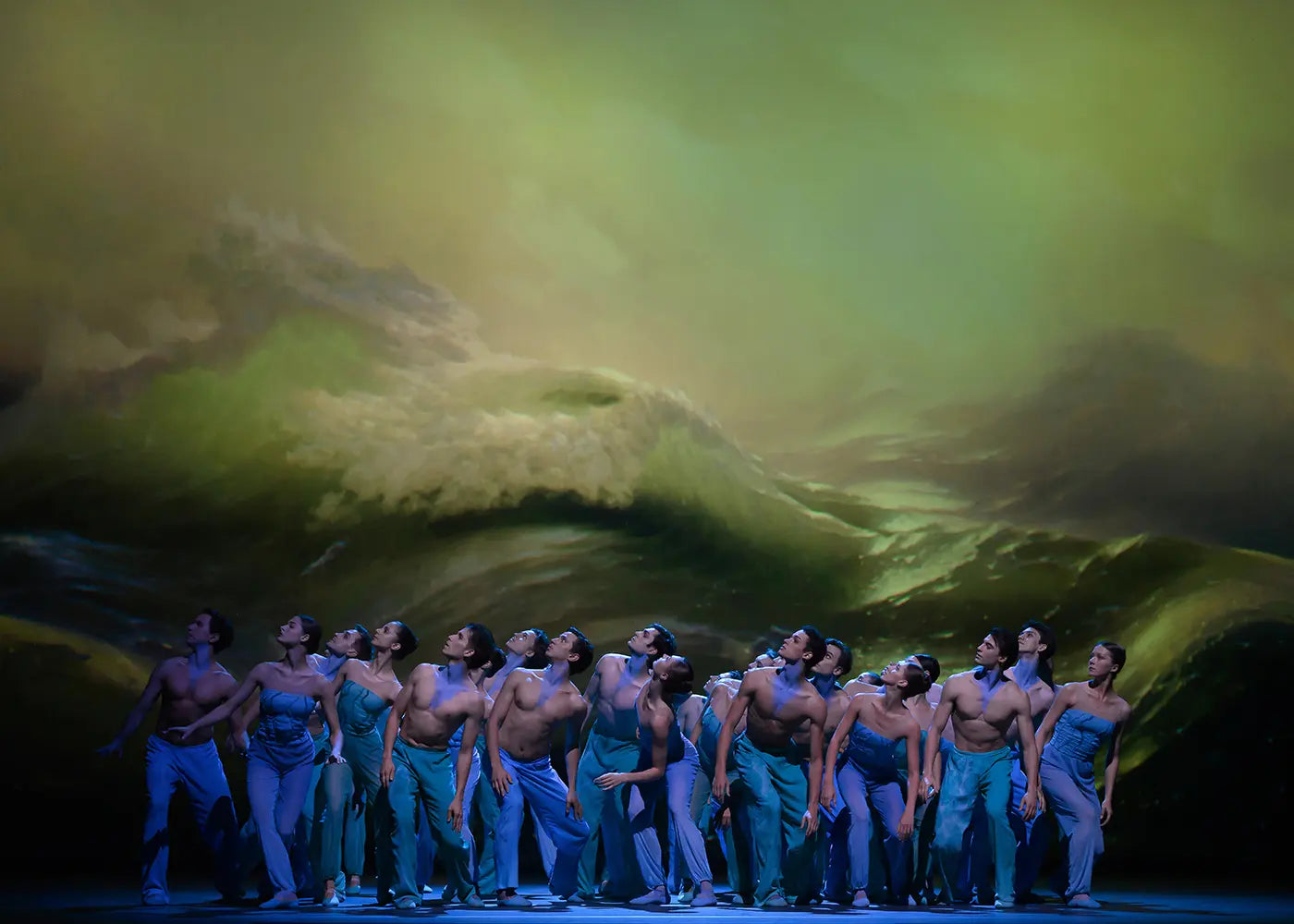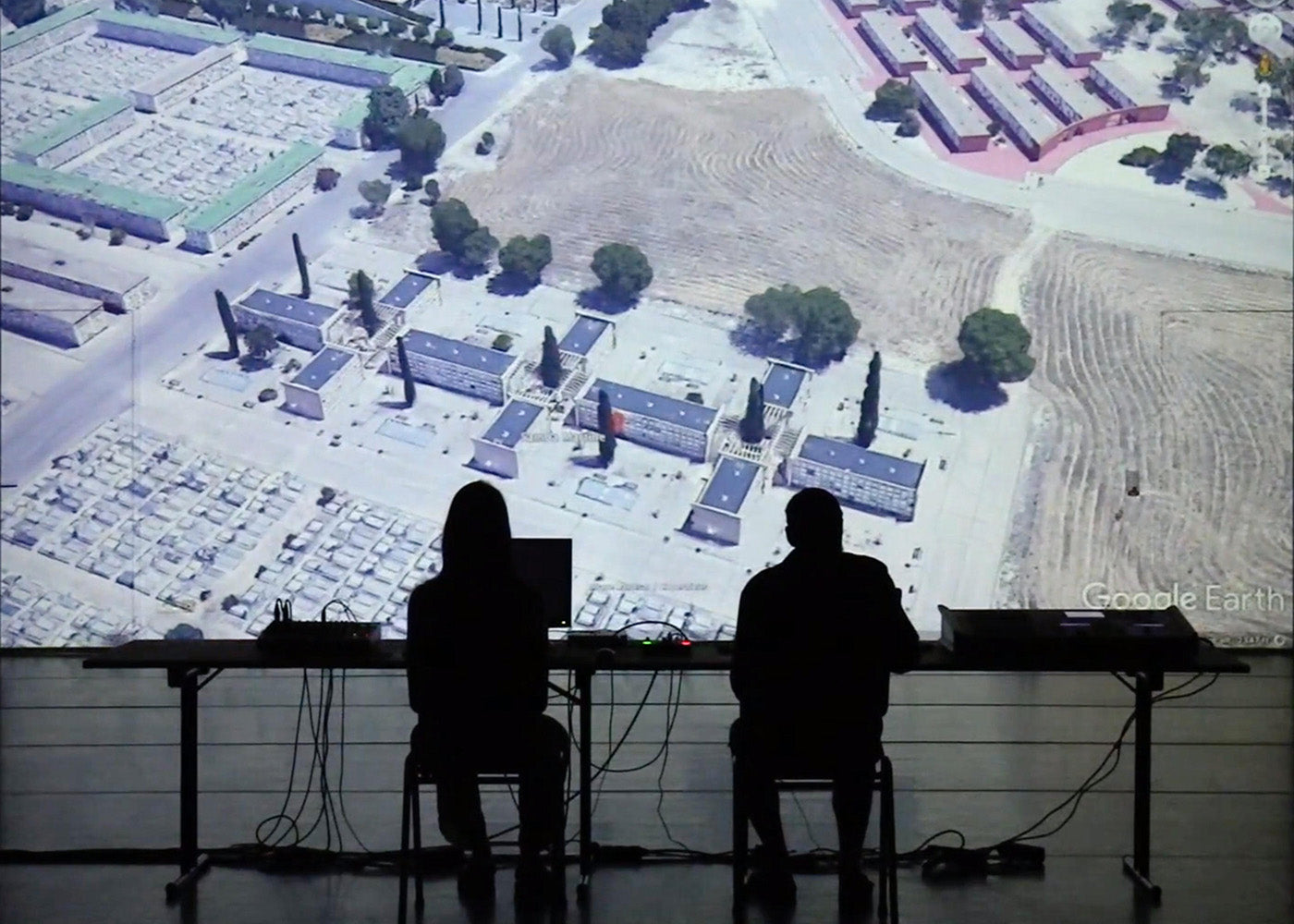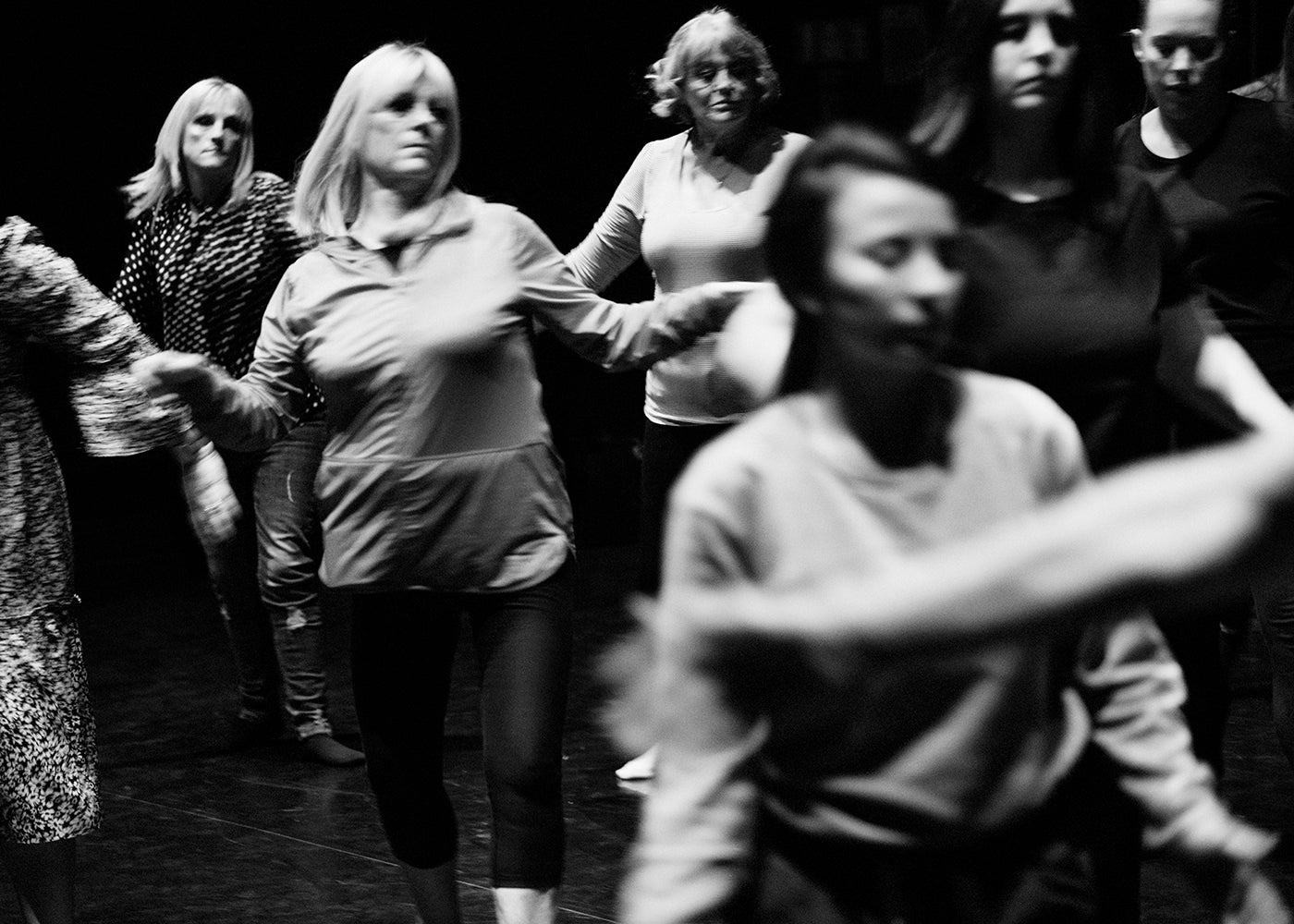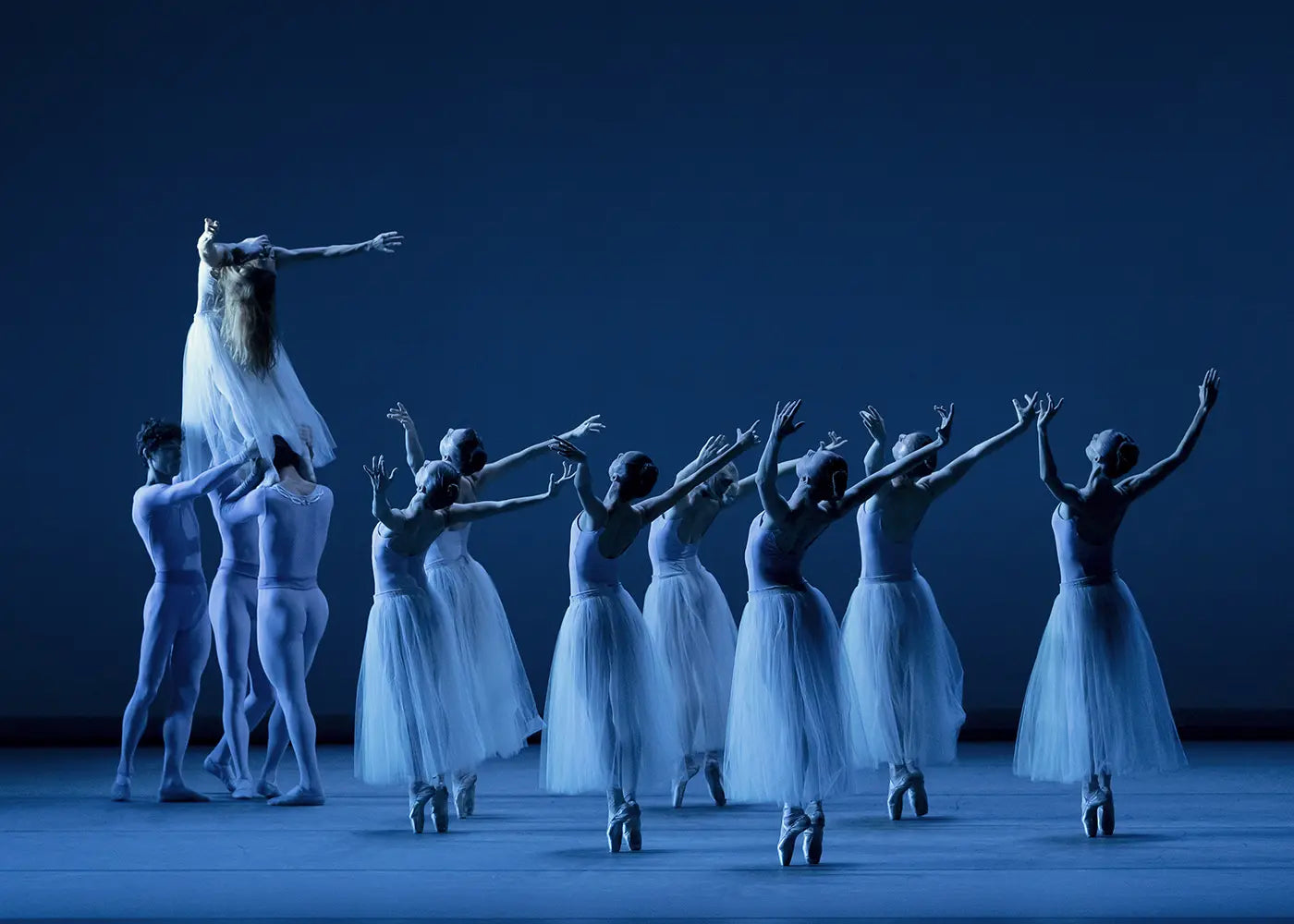The Golden Mask
On April 22, Moscow’s Concert Hall “Zaryadye” hosted the award ceremony of the winners of the XXVII Golden Mask Award. The three-hour-long celebration took place before a limited-capacity live audience and was streamed via various online platforms of the festival.
Continue Reading


